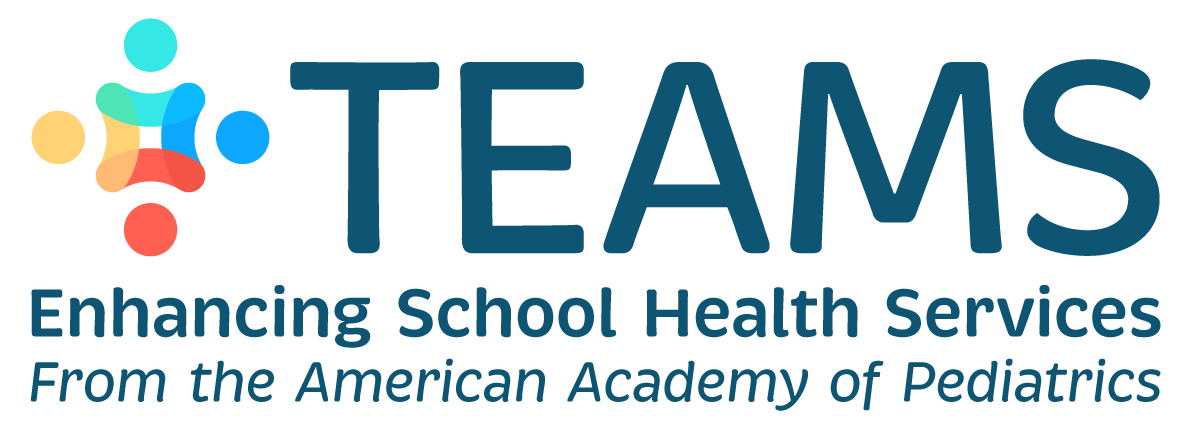What is Public Health?
Public Health builds a system that works to protect and promote the health of citizens. It is the science and art of preventing disease, prolonging healthy life and promoting physical and mental health.
Public Health focuses on preventing disease in the population and takes many forms, including:
- Disease surveillance
- Assuring clean food and water sources
- Assuring access to health care
- Promoting healthy behaviors
Public Health or Local Health Departments
Health Departments are one of many key partners in communities that can be part of strengthening various aspects of student and staff wellness. Local health departments exist at many levels including city, county, metropolitan, district and tribal level. Health departments focus and work towards protecting and promoting health in their communities. In schools they have been known to provide support with immunization, monitoring of and information about communicable diseases, food safety as well as health promotion and education, community health, nutrition, mental health, policy development and planning, oral health and environmental health.
How can Public/Health Departments support School Health programs?
Health Departments often provide valuable expertise, input, support and evidence-based resources used to strengthen the health environment for both students and staff.
They can help develop public policy and targeted health promotion and disease prevention activities in schools (see examples below):
- Assist school health services in developing evidence-based type 2 diabetes prevention program.
- Identify the policies and practices most likely to be effective in reducing youth health risk behaviors.
Health Departments can monitor, anticipate and respond to public health problems by:
- Working with school health services to identify and respond to infectious disease outbreak.
- Assisting schools in developing Emergency Preparedness, Recovery and Response (EPRR) Plans.
- Supporting school health services staff to determine actions to provide coordination with HDs and ongoing surveillance.
Health Departments can also provide valuable training opportunities as well as receive referrals for various health and wellness programs like diabetes prevention, smoking cessation and healthy eating.
Public/Health Departments working with School Nurses
School nurses can assess the social and environmental determinants that impact student health and assure that this is addressed in their plan of care. Public health departments can provide information to school nurses to address student and family social determinants of health.
Public Health/ Health Department and TEAMS
What the health department partner can contribute: |
What the health department partner can gain: |
|
|
Identifying a TEAMS Team Member
In the TEAMS Program, it is recommended that the health department partner have previous experience in child and/or adolescent health, chronic disease prevention and management and school health. The health department partner can be selected from the local city or county health department. This partner must be willing to work collaboratively with the school district representative and physician partner and commit to an active role on the team.
In some communities, particularly in rural areas, it may be difficult to identify a health department partner. If that is the case, consider others with a similar background - perhaps someone from a nearby Federally Qualified Health Center (FQHC). If the team is not able to include a health department partner as part of the TEAMS leadership team, it is important to keep the individual as part of a larger, less involved, community and partner group.
Helpful Resources
Local Health Department and School Partnerships: WORKING TOGETHER TO BUILD HEALTHIER SCHOOLS
This resource provides case studies that highlight two local health departments that have established exemplary partnerships with the local school districts and schools in their jurisdictions, particularly around the areas of physical activity and healthy eating.
Considerations for Case Investigation and Contact Tracing in K-12 Schools and Institutions of Higher Education (IHEs)
This resource is provided by the CDC on case investigation and contact tracing guidance for schools.
Partnering for Success: How Health Departments Work and How to Work with Health Departments
The goal of this publication is to assist state and local health departments and education agencies establish strong partnerships to address health issues.
This webpage was supported by Cooperative Agreement Number NU38OT000282-04-00, funded by the Healthy Schools Branch - Centers for Disease Control and Prevention. Its contents are solely the responsibility of the American Academy of Pediatrics and do not necessarily represent the official views of the Centers for Disease Control and Prevention of the Department of Health and Human Services.
Last Updated
06/21/2022
Source
American Academy of Pediatrics
